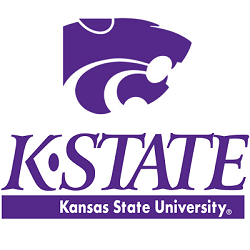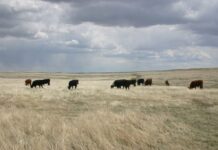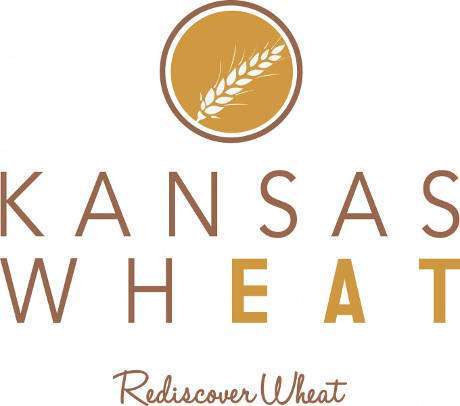Kansas State beef cattle experts share fall cow management tips for spring calvers
MANHATTAN, Kan. — Most would agree that planning ahead is one of the best ways to meet a goal and that is true of the cow herd as well, say the experts at Kansas State University’s Beef Cattle Institute.
Speaking on a recent Cattle Chat podcast, veterinarians Bob Larson and Brad White shared why fall is a great time to perform pregnancy checks on spring calving cows.
“The earlier in the pregnancy, the easier it is for a veterinarian to stage the pregnancy,” Larson said.
Confirming the fetus development through a pregnancy test will allow producers to group their herd into calving groups, White said. Larson added that cows that calve within the first 30 days of the calving season will better respond to a synchronization protocol for rebreeding.
“With a protocol like a prostaglandin injection followed by the bull turnout, it is reasonable to expect about two-thirds of the cycling cows to get bred in the first few days of the breeding season,” Larson said. But he stressed that if the cows aren’t cycling yet following calving then this protocol will not be successful.
“It only makes sense if you have a large group of the herd cycling postpartum,” White said.
Knowing when those cows will calve through pregnancy staging allows producers to better plan for the future, they said.
Another factor influencing the breeding success of the herd is the cow’s body condition said beef cattle nutritionist Phillip Lancaster.
“The cow’s body condition at calving often is a factor in the postpartum interval,” he said. “So, by planning winter supplementation, we can make sure those cows are at a body condition score of 5 or 6 at calving, which allows them to come back into heat quickly.”
White suggested that beef producers review their breeding and calving records to help guide the plan for the upcoming season.
“Use the numbers to help assess if a protocol worked, and understand that cows that calve early will be the ones that will best respond to a synchronization program for the next season,” White said.
To hear more of this discussion, listen to the Cattle Chat podcast online.
-30-
FOR PRINT PUBLICATIONS: Links used in this story
BCI Cattle Chat podcast, https://ksubci.org/2021/10/15/weaning-prep-listener-question-transition-diet-pt-2/
K State Research and Extension is a short name for the Kansas State University Agricultural Experiment Station and Cooperative Extension Service, a program designed to generate and distribute useful knowledge for the well being of Kansans. Supported by county, state, federal and private funds, the program has county extension offices, experiment fields, area extension offices and regional research centers statewide. Its headquarters is on the K State campus in Manhattan. For more information, visit www.ksre.ksu.edu. K-State Research and Extension is an equal opportunity provider and employer.
Story by:
Lisa Moser
785-532-2010
[email protected]
More information:
Phillip Lancaster
785-532-6323
[email protected]
Bob Larson
785-532-4257
[email protected]
Brad White
785-532-4243
[email protected]




